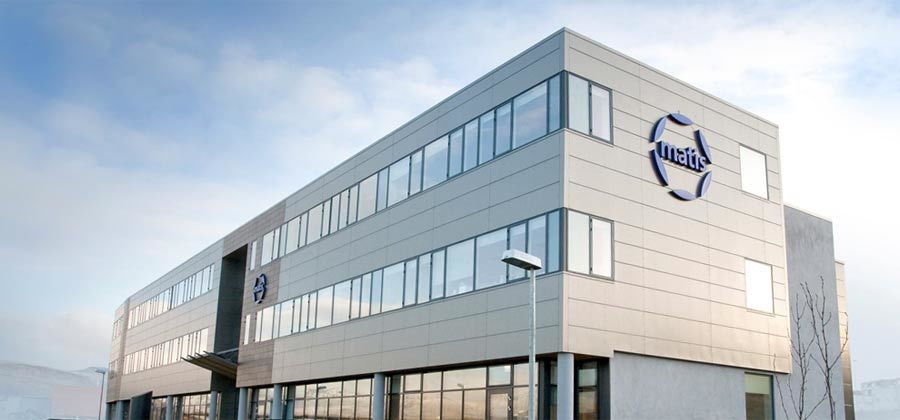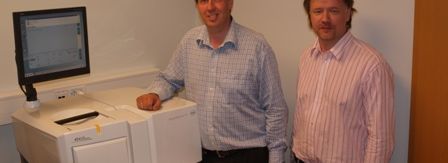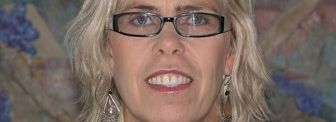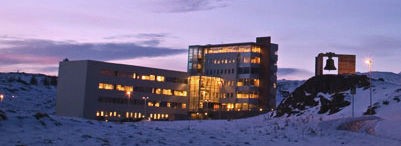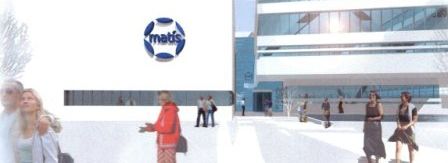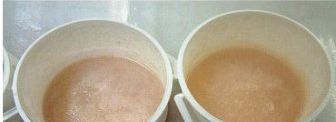Viðskiptablaðið today reports on a method that Matís, in collaboration with Brim hf., Has developed to collect fish meat that comes from processing lines in catfish. The method is the result of a three-year project at Matís called "Fish protein in wastewater."
One of the main goals of the project was to work on increasing the utilization and value of catches processed in land processing by finding ways to isolate fish muscles from water that comes from production lines and assessing their potential uses for human consumption. Cuts, ridges and heads are extra raw materials used in fish processing. This was previously discarded, but in recent years attempts have been made to use it for human consumption, for example, heads and spines are dried and exported.
In this connection, it can be mentioned that according to Statistics Iceland, fishermen and fish processors in 2006 harvested by-products amounting to 27,800 tonnes. It should be borne in mind that this refers to the weight of the products themselves and not kilograms of fish from the sea. The largest number was from cuttings or 17,800 tonnes, 2,700 tonnes of heads were harvested and 2,300 tonnes of roe. Other by-products include 1,800 tonnes of liver and 2,400 tonnes of flour processed at sea. The majority of these products are due to smelting or almost 17,800 tonnes, mainly cuttings, 14,800 tonnes. Almost 6,500 tonnes of by-products were also landed by freezer vessels this year, mainly fish heads, 2,700 tonnes and cuts, 2,900 tonnes.
On the other hand, the part of the protein that is lost in wastewater from processing machines, i.e. filleting and skinning machines have hardly been used to date to any great extent. If the quantity of catfish products of all processing plants is about 60 thous. tonnes per year, it can be roughly estimated that about 1,200 tonnes of dry matter are lost annually through wastewater.
The result of the project "Fish protein in wastewater" consisted of a prototype as a process for collecting the mass from wastewater during fish processing and evaluating its properties and quantity. With a simpler size classification (filtration), it can be understood that coarser fish parts that can be used can be used in processed products such as marlin. Fine masses can be used directly as technical additives, directly from the insulation process or after further processing which can further ensure their wholesomeness and / or improve technical properties, for example to increase utilization in fish fillets by injection or other addition to fish products.
The process developed in the project succeeded in obtaining about 25% of all dry matter from the effluent from the filleting machine. By using shaking sieves during filtration, a fine white mass was obtained from the effluent with a particle size of 250-710 µm, which is well suited for the production of high-quality proteins. The mass, which had a particle size greater than 850 µm, was very coarse and blood-colored and is therefore more suitable for marrow if the negative effects of blood contamination can be reduced. When collecting masses below 250 µm, other equipment is needed, such as membrane filtration, where the dry matter passes through a 250 .m sieve.
Another result of the project is more environmentally friendly production methods where less organic material is released into the environment, which is in line with increased requirements for cleaner production technology. Protein from wastewater can be used safely for human consumption at low cost, which will create added value in fish processing, as well as purifying wastewater in the process that can be reused in the processing process.
Participants in the project were Brim hf., FISK Seafood in Sauðárkrókur and Matís ohf. together with Iceprotein ehf.
The Rannís Technology Development Fund and AVS supported the project.
News from Viðskiptablaðið


